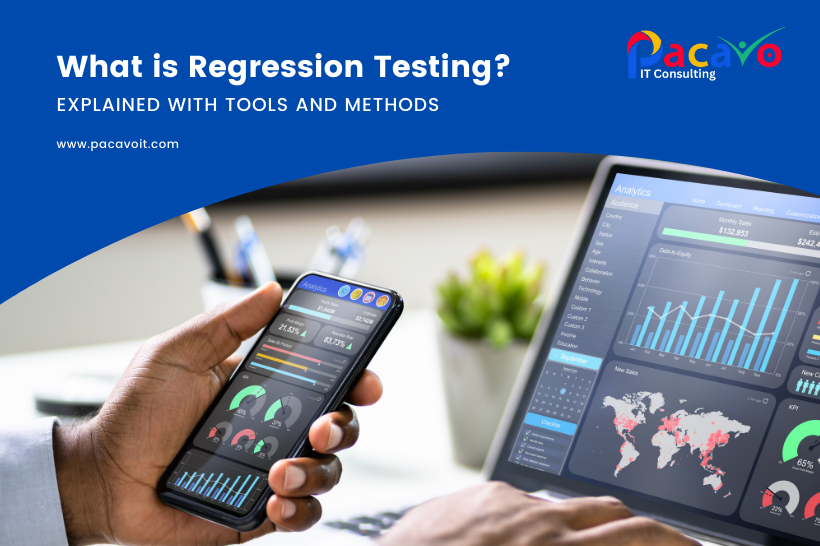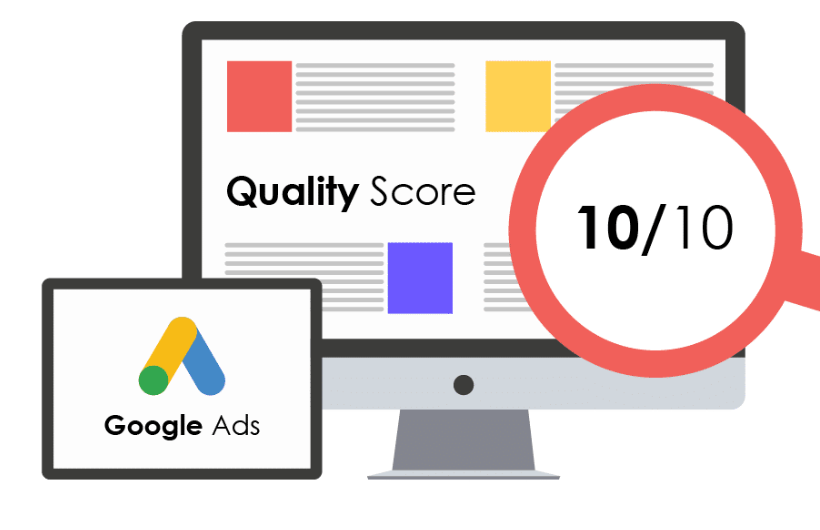It safeguards existing features from unintended side effects, preventing user frustration and potential business losses. It plays a pivotal role in maintaining software quality and stability as new features are introduced or bugs are fixed. This guide delves into the importance of regression testing, its types, methods, tools, and best practices, offering a comprehensive understanding of how to implement it effectively.
What is Regression Testing?
It is a type of software testing that verifies whether the new changes (updates, patches, or bug fixes) have introduced new bugs or affected existing functionalities. It verifies that the software, which was previously developed and tested, continues to function correctly after any changes or updates.

Why is Regression Testing Essential?
In the fast-paced world of software development, continuous updates are necessary to keep software relevant and competitive. However, every change introduces a risk of breaking existing functionality. It helps mitigate this risk by re-testing the existing features to ensure they work as intended. It is crucial for delivering a high-quality product that meets user expectations and performs reliably across updates.
Types of Regression Testing
Corrective Regression Testing: Used when the codebase is stable, and no significant changes have been made. It re-tests existing functionalities to ensure they are not broken.
Progressive Regression Testing: is conducted to ensure that new features added to the software do not disrupt existing functionality. It tests the new code as well as the interaction between the new and existing functionalities.
Selective Regression Testing: Involves selecting specific test cases from the test suite that could be affected by the changes made in the code.
Complete Regression Testing: A thorough testing approach where the entire application is tested to ensure no functionality is compromised. This is usually performed before a major release.
Partial Regression Testing: Focuses on testing only the changed parts of the software and the directly connected areas to verify their functionality.
Unit Regression Testing: targets individual units of code, testing them in isolation without accounting for dependencies or interactions with other parts of the system.
Retest-All Regression Testing: Involves re-testing all the test cases to ensure no new bugs have been introduced, which is more time-consuming and resource-intensive.
Methods for Effective Regression Testing
Regression Test Selection: Choose test cases based on the code changes, focusing on areas where bugs are most likely to occur. This approach conserves time by avoiding the need to re-test the entire application.
Test Case Prioritization: Prioritize test cases that cover critical functionalities or are most likely to be affected by the changes. High-priority tests should be executed first to quickly identify critical issues.
Retest All: This method involves re-running all test cases, ensuring no bugs were missed. Although thorough, it is time-consuming and is often used in scenarios with high risk.
Hybrid Method: Combines regression test selection and test case prioritization to create a more efficient testing process.
Regression Testing Tools
Selenium: Widely used for browser-based testing, Selenium allows automated test scripts to be run across different browsers and platforms, making it ideal for large-scale testing.
Katalon Studio: An all-in-one test automation tool that supports web, API, and mobile testing. It’s user-friendly and ideal for testers with varying levels of expertise.
IBM Rational Functional Tester: Supports functional, regression, and data-driven testing across different applications, including Java, .NET, and SAP.
Watir: An open-source tool designed for automated web application testing. Written in Ruby, it’s known for its simplicity and flexibility.
Apache JMeter: Primarily used for performance testing, JMeter also supports this testing, particularly for API services.
Testsigma: A cloud-based test automation platform that supports automated testing with minimal coding, making it accessible for teams with limited technical expertise.
Best Practices for Regression Testing
Automate Where Possible: Automated testing helps in efficiently covering a large number of test cases, especially for frequent releases. Automation tools have the power to drastically cut down on both the time and effort needed to complete tasks.
Maintain an Updated Test Suite: Regularly update the regression test suite to include new test cases as the software evolves.
Combine Manual and Automated Testing: While automation is crucial, some scenarios, especially those requiring user experience validation, are best tested manually.
Integrate with Continuous Integration (CI) Pipelines: Incorporate regression testing into CI pipelines to ensure it is performed automatically with every code change, providing immediate feedback on potential issues.
Prioritize Critical Test Cases: Focus on high-impact areas of the software to quickly identify any critical issues that could affect the user experience or business operations.
Challenges in Regression Testing
Time-Consuming and Costly: It can be time-consuming and expensive, especially when performed manually. Test automation can alleviate some of these challenges but requires an initial investment.
Complexity: As the software grows, the complexity of this testing increases, making it difficult to maintain an effective test suite.
Scope Ambiguity: Determining the scope of regression testing can be challenging, especially in large and complex systems where changes may have unforeseen impacts.
Read also: Unlock the Power of AI Generated Content: A Guide to Success
Conclusion
Regression testing plays a crucial role in the software development lifecycle, ensuring that new changes don’t disrupt existing functionality. By implementing effective regression testing strategies, using the right tools, and following best practices, you can ensure that your software remains reliable and bug-free after each update. As the complexity of software systems continues to grow, adopting automated regression testing tools and integrating them into your development process is key to maintaining software quality and meeting user expectations.
This guide should provide you with a comprehensive understanding of regression testing, helping you to implement it effectively within your software projects.







